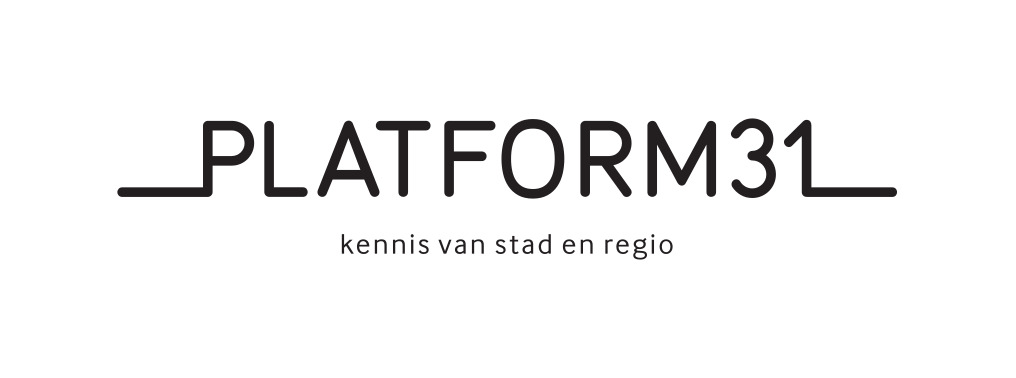- kennisvanstadenregio
- Kennisdossiers
- Kennisdossier Bevolkingsdaling
- Publicaties over krimp (2022-2006)
- Demographic Outlook for the European Union 2021
Inhoud
- Bevolkingsdaling: wat is het?
- Beleid voor bevolkingsdaling: een korte geschiedenis
2.1 De krimp bestrijden
2.2 Bewustwording: Eerste Actieplan Bevolkingsdaling – 2009
2.3 Programmering en uitvoering: Tweede Actieplan Bevolkingsdaling – 2016
2.4 Provincies
2.5 Gemeenten - Bevolkingsontwikkeling en prognoses
3.1 Inleiding
3.2 Drijvende krachten achter bevolkingsontwikkeling
3.3 Bevolkingsontwikkeling in Nederland
3.4 De zeggingskracht van prognoses
3.5 Onwaarschijnlijkheden en scenario’s
3.6 Conclusie - Ontwikkelingen per domein
4.1 Wonen
4.2 Gezondheid en zorg
4.3 Onderwijs
4.4 Regionale economie en arbeidsmarkt
4.5 Bereikbaarheid - Praktijkvoorbeelden
5.1 Aanpak huisartsentekort
5.2 Toekomstgericht bouwen in Biggekerke
5.3 Zelfrijdende shuttlebus bij Ommelander ziekenhuis
5.4 Toekomst wonen in Beltrum
5.5 Gefaseerde strategie voor de herontwikkeling van Rolduckerveld
Contact
Demographic Outlook for the European Union 2021
Auteur Monika Kiss
Verschijningsdatum maart 2021, EU
Omvang 60 pagina's
Prijs download
This year’s edition – the fourth in a series produced by EPRS – of the Demographic Outlook for the European Union focuses on poverty as a global, EU-wide and regional phenomenon, and examines how poverty interacts with demographic indicators (such as fertility and migration rates) or with factors such as the degree of urbanisation. It also observes poverty within different age groups, geographical areas and educational levels. The correlation of poverty and labour market participation and social exclusion is also analysed for different age groups and family types, as well as in the light of the coronavirus pandemic.
- Lees verder (pdf) (EU)

